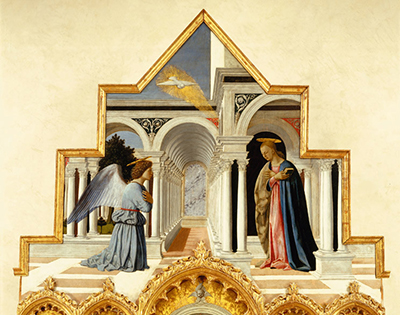In the Polyptych of Perugia, there are many things that have gone into the painting but in great detail. The first thing that draws the attention of the viewer is the virgin who is enthroned with the child. She is flanked by a number of saints.
It is easy to spot John the Baptist and Anthony of Padua on the left while Elizabeth of Hungary and Francis are on the right. Saint Claire and Lucy are shown in the upper part while the lower part has stories of selected saints. The Polyptych of Perugia, a complex painting by Piero Della Francesca, is a work that has attracted many in the world of art.
A quick glance at the oil and tempera on panel painting has much to tell. The dimensions of the plate that contains these details are 338 cm × 230 cm. There is so much detail that can be captured at a glance at the magnificent painting. Even though the work was completed in the years 1470, it is still a preference of many who have a passion for art paintings. The work on this complex painting was commenced when Pierro returned from Rome. After commencement, the work took several years to complete. This famous painting is currently housed in Galleria Nazionale dell'Umbria, Perugia, was started immediately after Piero's return from Rome, but it was finished only several years later. This work was done for Franciscan convent of Sant'Antonio da Padova.
In practicality, the polyptych has three predella panels that show St Anthony of Padua as he resurrects a child, St Francis and St Elisabeth who are stigmatized as they save a boy fallen on a well and roundels between the predella and the main panel. The Polyptych was done on a still gothic frame with a splendid annunciation. For Piero to come up with this painting in a successful manner, he had to overcome the limitations that patrons with old-fashioned art taste imposed on artists. This saw him come up with the best of his personal perspectives. He uses a style that has capitals that run toward the vanishing area. It is not disputable that Piero got motivation from Alberti's architecture. However, it is important to point that what is seen from this painting is a proof that he went beyond his inspiration from Alberti's architecture.




